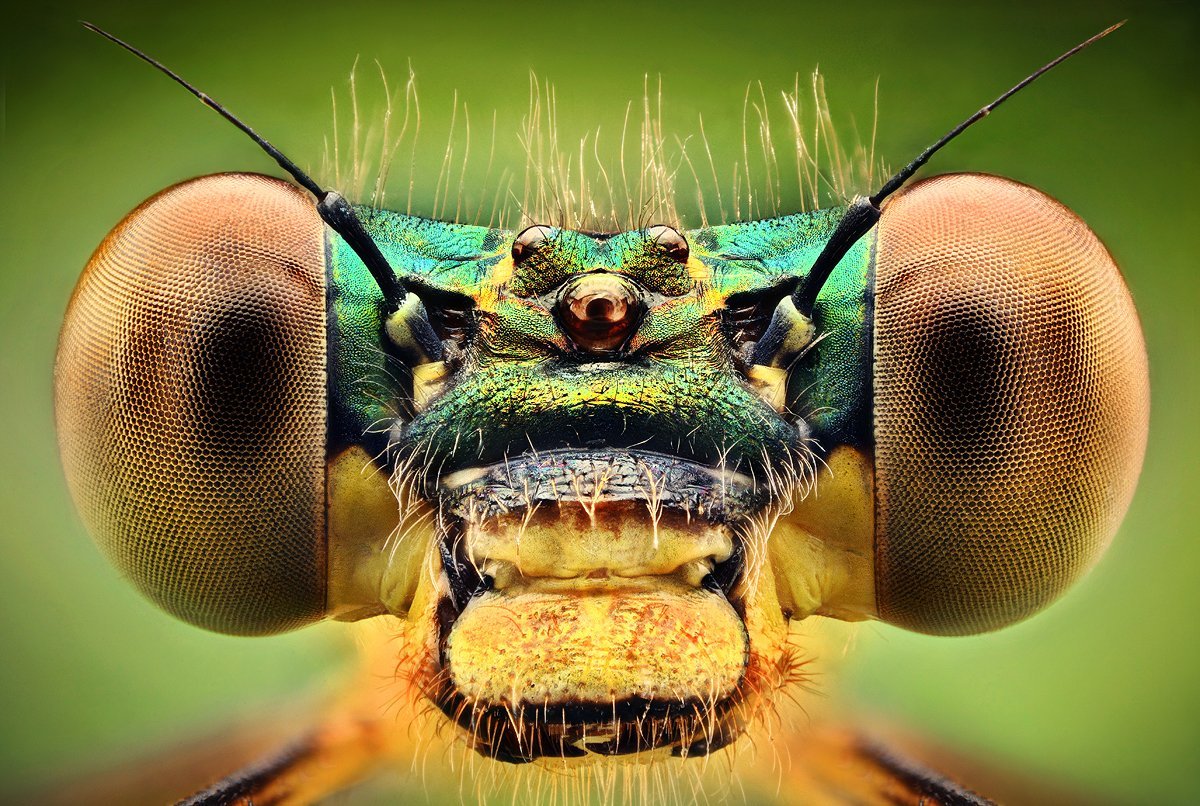Identify an insect
Observe and identify a local insect using a magnifying glass, sketch its features, record habitat and behavior, then compare findings with an insect field guide.



Step-by-step guide to identify an insect
Identifying Arachnida and Insects - Insects and bugs for kids to learn about
Step 1
Gather your materials from the list and put them in a small bag.
Step 2
Ask an adult to come with you for safety before you go outside.
Step 3
Walk to a nearby safe outdoor spot such as a garden park or the edge of a yard.
Step 4
Walk slowly and look carefully for an insect you can watch without touching.
Step 5
Sit or kneel quietly a little distance away so you do not scare the insect.
Step 6
Use your magnifying glass to observe the insect closely without touching it.
Step 7
Sketch the insect in your notebook while you are watching it.
Step 8
Label the sketch with the body parts you can see such as head thorax abdomen legs wings and antennae.
Step 9
Write down the main colors and any special markings you notice on the insect.
Step 10
Describe the exact place the insect was found including the plant or surface it was on.
Step 11
Note the time of day and the weather when you found the insect.
Step 12
Watch the insect for two to five minutes and write down what it does and how it moves.
Step 13
Compare your sketch and notes with pictures and descriptions in your insect field guide or book to look for a match.
Step 14
Write the name you think the insect is and list one or two features that helped you decide.
Step 15
Share your finished creation on DIY.org.
Final steps
You're almost there! Complete all the steps, bring your creation to life, post it, and conquer the challenge!


Help!?
What can we use instead of a magnifying glass or a printed insect field guide if we don't have them?
Use a smartphone camera zoom or a reading glass to observe instead of a magnifying glass, and use reputable insect ID websites or photo ID apps in place of a printed field guide when you compare your sketch and notes.
What should I do if the insect moves away before I finish sketching it?
If the insect leaves, stay seated or kneel quietly where you were watching for a few minutes to see if it returns, take quick photos with a phone for details, and complete your sketch later using the photos plus your written notes about colors, markings, and movements.
How can I adapt this activity for younger children or older kids looking for more challenge?
For younger children, shorten observation to 1–2 minutes, let them make a simple color sketch with crayons in the notebook while an adult helps label basic parts, and for older kids extend to a 5-minute behavior log, more detailed labeling of head/thorax/abdomen/antennae, and a deeper field-guide comparison to confirm identification.
How can we extend or personalize the finished insect report before sharing it on DIY.org?
Make a mini nature journal by adding a glued leaf or photo of the plant or surface where you found the insect, include a small hand-drawn map of the exact location, and attach your labeled sketch plus the one or two ID features you used to decide its name before posting on DIY.org.
Watch videos on how to identify an insect
Insect Name Learning for Kids | Fun Way to Teach Insect Name and Identification
Facts about entomology for kids
✏️ Sketching an insect helps you spot ID details — many entomologists draw features before checking a guide.
🔍 A small magnifying glass (2–10×) can reveal wing veins, tiny hairs, and mouthparts that help you identify an insect.
📖 Field guides organize insects by features like wing type and antenna shape so you can narrow down matches quickly.
🐜 Insects are the most diverse animals on Earth — about 1 million species have been described and scientists think millions more exist.
🌿 Noticing habitat and behavior (what it eats, when it’s active) is often as useful as looks for identifying species.
How do I identify an insect using a magnifying glass with my child?
What materials do I need to identify a local insect?
What ages is this insect identification activity suitable for?
What safety tips and benefits come from observing insects?


One subscription, many ways to play and learn.
Only $6.99 after trial. No credit card required



